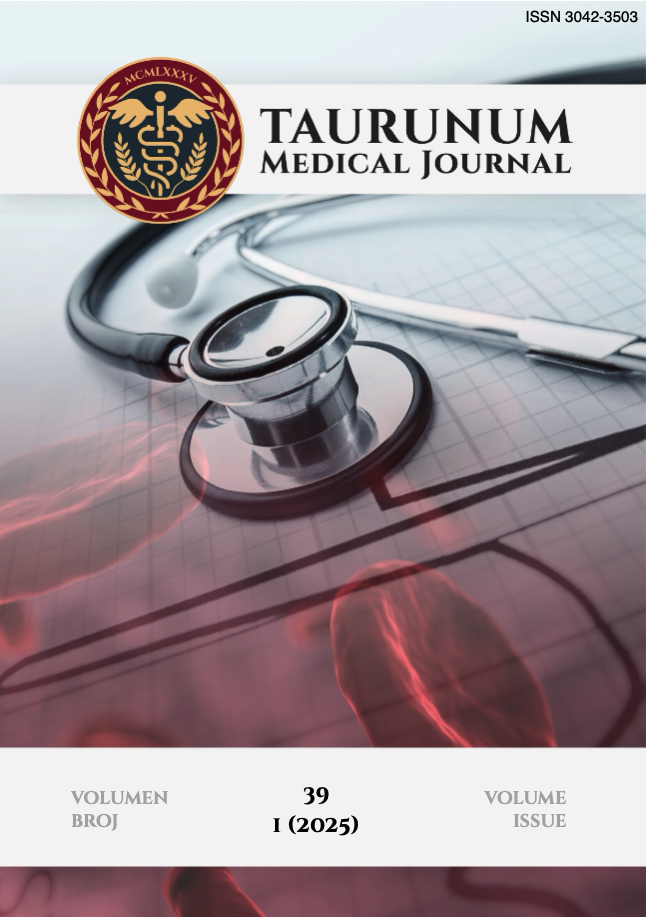
More articles from Volume 31, Issue 2, 2015
Poređenje ishoda lečenja pacijenata podvrgnutih TUR sa pacijentima lečenim BCG imunoterapijom nakon TUR -preliminarni rezutati
Komparativna analiza položaja fiziološkog mirovanja mandibule kod jednojajčanih blizanaca
Investigation of motivation for providing support to children with malignant diseases
Analysis Identification of Victims of Mass Catastrophe in Forensic Dentistry
Antiseptics and disinfectants in health care institutions: modern principles of application
Article views
Antiseptics and disinfectants in health care institutions: modern principles of application
Published: 01.12.2014.
Biochemistry
Volume 31, Issue 2 (2015)
pp. 1326-1329;
Abstract
Skin antisepsis prior to invasive procedures, hand hygiene performed by health care workers, sterilization and disinfection of medical devices and environmental surfaces are the most important measures used to control nosocomial infections. Hand hygiene is the cheapest and most effective measure. Hand rubbing with an alcohol-based hand rub is recommended for the routine decontamination of hands. Hand washing with soap and water should be employed when hands are visibly soiled, and when exposure to Clostridium difficile infection is suspected or proven. Most alcohol based hand rubs are based on isopropanol, ethanol or npropanol. The WHO published guidance recommend 20–30 seconds for routine hand rubbing. There are no recommendations stating that antimicrobial soaps are more effective than plain soaps. It is recommended to use alcohol-containing preparatory agents for skin preparation prior surgery, injections, incisions and punctures. Neutral pH detergent solutions are commonly used for cleaning equipment and instruments. Data did not clearly demonstrate that enzymatic cleaners are more effective than non-enzymatic cleaners. High level disinfection is safe procedure only if adequate products are properly used. There are no any special products for multidrug resistant bacteria.
Keywords
References
Citation
Copyright
This is an open access article distributed under the Creative Commons Attribution License which permits unrestricted use, distribution, and reproduction in any medium, provided the original work is properly cited.
Article metrics
The statements, opinions and data contained in the journal are solely those of the individual authors and contributors and not of the publisher and the editor(s). We stay neutral with regard to jurisdictional claims in published maps and institutional affiliations.




